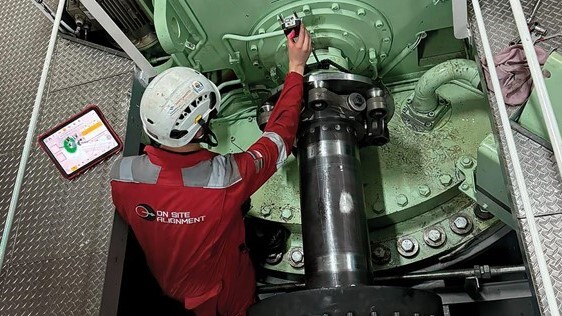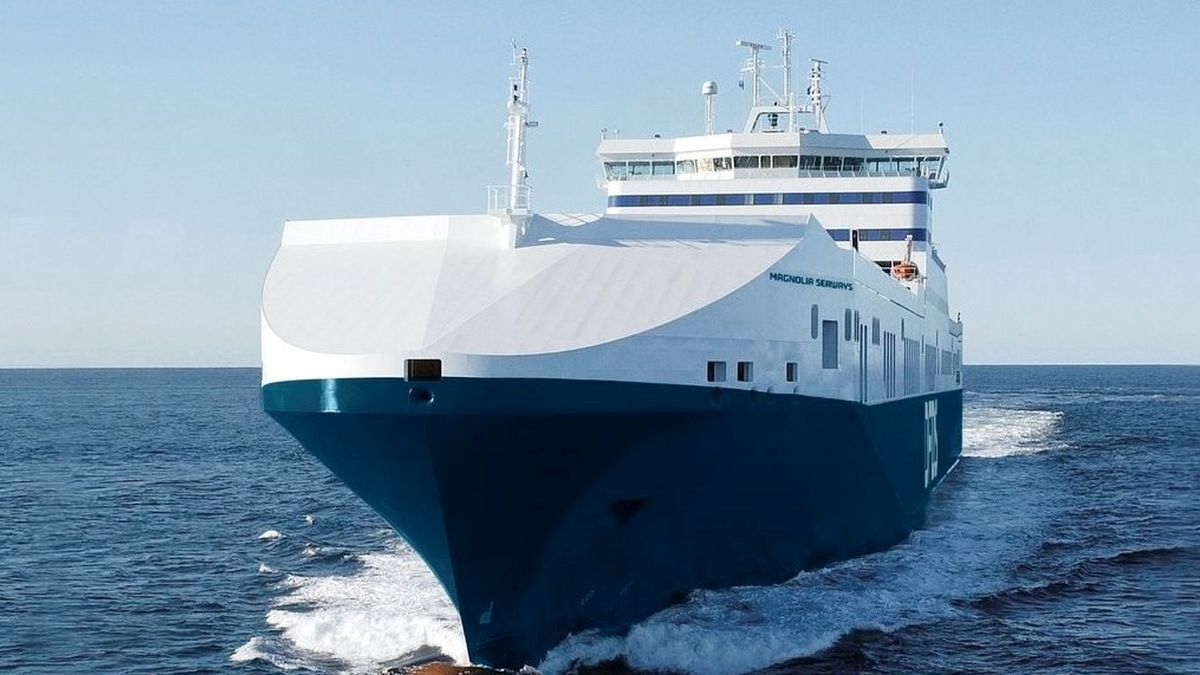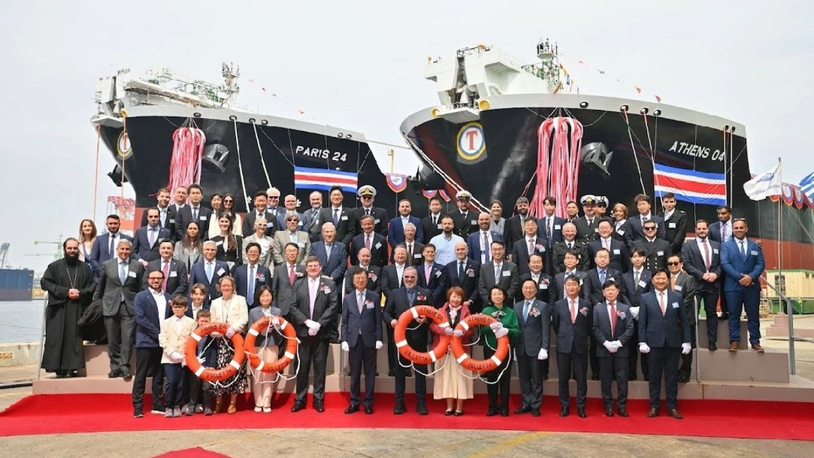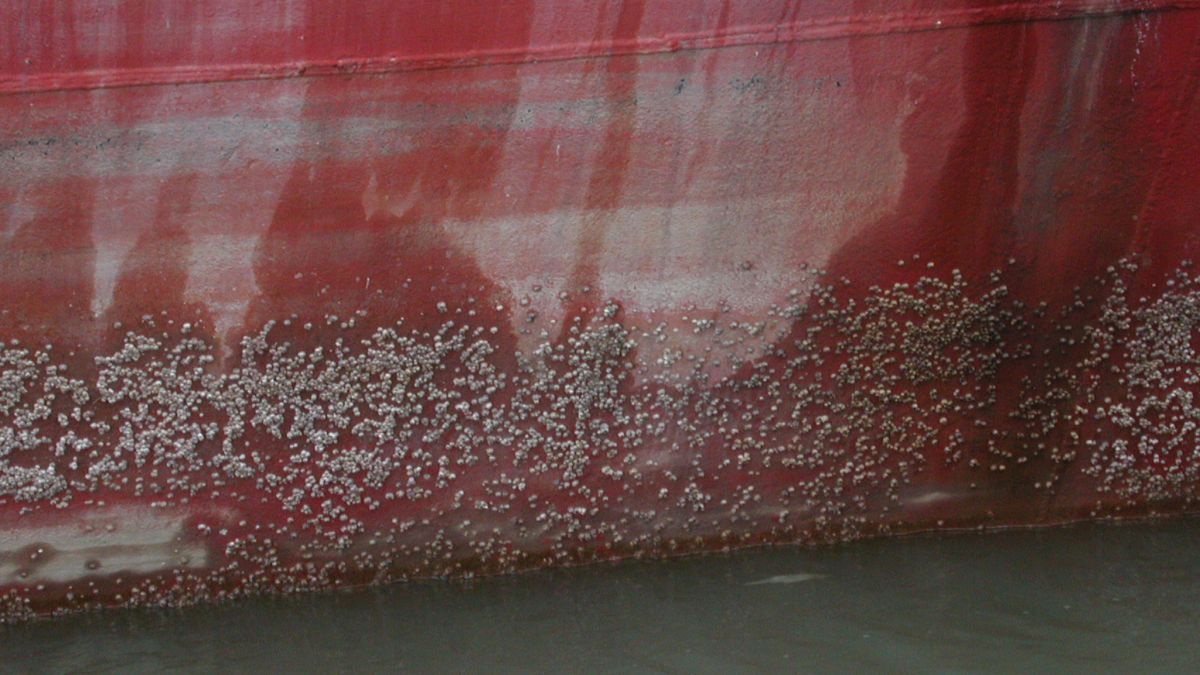Business Sectors
Events
Contents
How to resolve the regulatory conundrum of EU ship recycling
Dr Nikos Mikelis, non-executive director GMS considers the sometimes-conflicting requirements of regulatory bodies and shipowning nations
Dr Nikos Mikelis, non-executive director GMS considers the sometimes-conflicting requirements of regulatory bodies and shipowning nations
The history of ship recycling regulation in the EU can be traced back to 1992, when the Basel Convention on the Control of Transboundary Movements of Hazardous Wastes and their Disposal (Basel Convention) entered into force. From 1993, the EU implemented the Basel Convention as EU law. In 2006 the EU amended its existing law with the European Waste Shipments Regulation (WSR), which now includes an amendment to the Basel Convention that has still not entered into force internationally and which forbids the export of hazardous wastes to non-OECD countries (this is the “Ban Amendment”).
From the end of the 1990s international efforts were made to regulate the recycling of ships through the Basel Convention. For several (predictable) reasons this was not successful and led to problem cases. In 2004, the governing body of the Basel Convention requested IMO to develop a new international convention to regulate safety and environmental protection during the recycling of ships.
This was the Hong Kong Convention (HKC), which was adopted in May 2009, but this is still not in force. A realistic estimation is that it will probably take four to five more years for HKC’s entry into force.
In the meantime, the EU has been implementing (with varying degrees of conviction) the WSR to the recycling of ships. However, in 2011 the Commission concluded that the WSR was not effective, as its study showed that 91% of the ships that should be controlled by the WSR had evaded its provisions (presumably the remaining 9% being mostly small ships and government-owned ships).
"The desire to contain ship recycling within Europe is unrealistic"
The EU therefore decided to develop a new regulation specific to ship recycling (instead of waiting for HKC’s entry into force) and on 30 December 2013, the EU brought into force the European Regulation on Ship Recycling (EU SRR). The provisions of the Regulation did not take effect immediately, but instead the Regulation specifies a schedule of application, whereby the first version of the European List of approved yards would be published by the European Commission not later than 31 December 2016.
The next most important deadline is only days away. From 31 December 2018, EU-flagged ships will have to: have an Inventory of Hazardous Materials; be surveyed; be certificated; and be recycled in yards that are listed in the European List of approved yards.
The European Commission, as the authority that implements (and interprets) European legislation, has published the list, the current version of which includes 23 yards located in EU countries, plus two yards in Turkey and one yard in the USA.
However, the desire to contain ship recycling within Europe is unrealistic. In 2013 all European yards together recycled just 65,000 LDT (mainly of small, domestic and inland waterways ships), which was the maximum in the most recent years. This hardly equates to the LDT of two large VLCCs. In the first 10 months of 2018, 33 VLCCs have been sold for recycling; of these 19 were sold by Greek and German owners. None of these VLCCs were sailing under their owners’ home flags.
Thus, the EU SRR seems doomed to failure and will be by-passed by the commercial realities of the shipping business. Meanwhile, more than half of the yards in India have upgraded their infrastructure, training and working procedures and have obtained Statements of Compliance with HKC by IACS societies, in the expectation of demand from shipowners for safe and environmentally friendly ship recycling. If these yards were to be included in the European list of approved yards, then EU SRR would have a chance of being relevant.
Dr Mikelis is an independent consultant, a non-executive director of GMS, and a non-executive director of QACE
Related to this Story
Events
Maritime Environmental Protection Webinar Week
Cyber & Vessel Security Webinar Week
The illusion of safety: what we're getting wrong about crews, tech, and fatigue
Responsible Ship Recycling Forum 2025
© 2024 Riviera Maritime Media Ltd.













